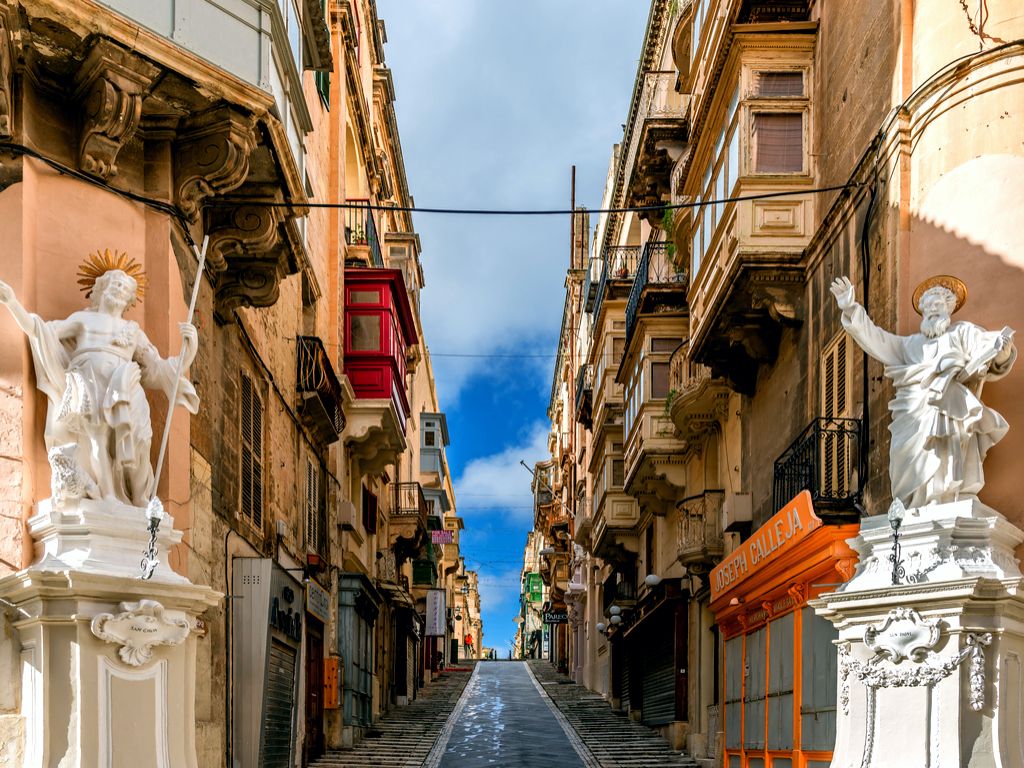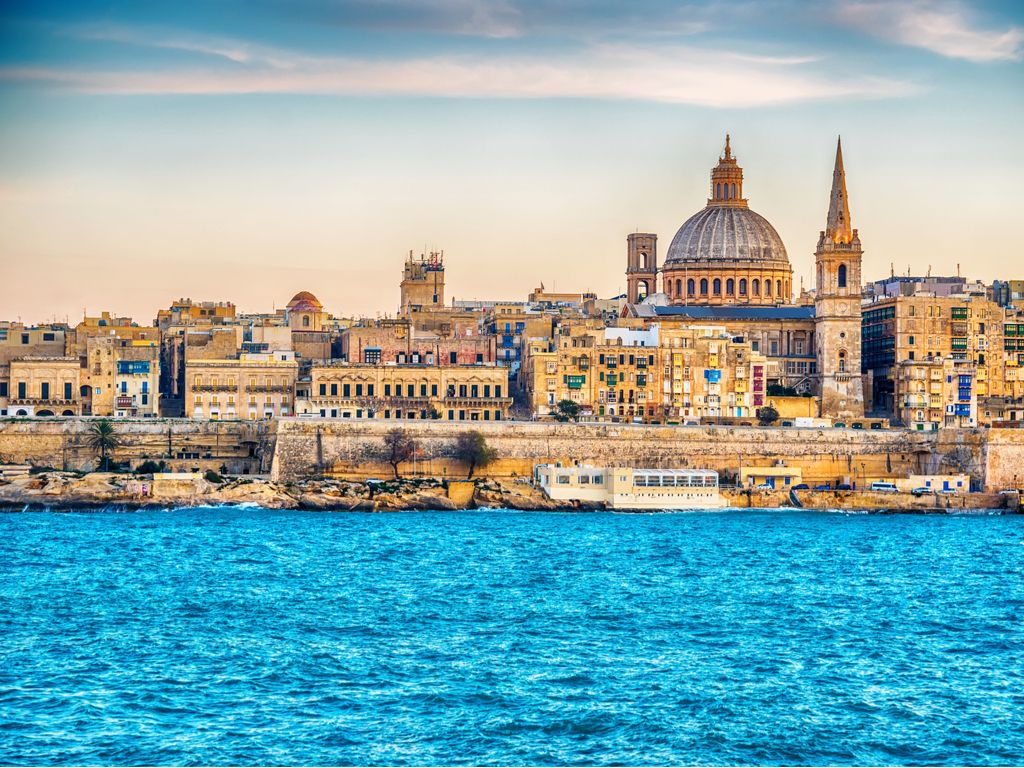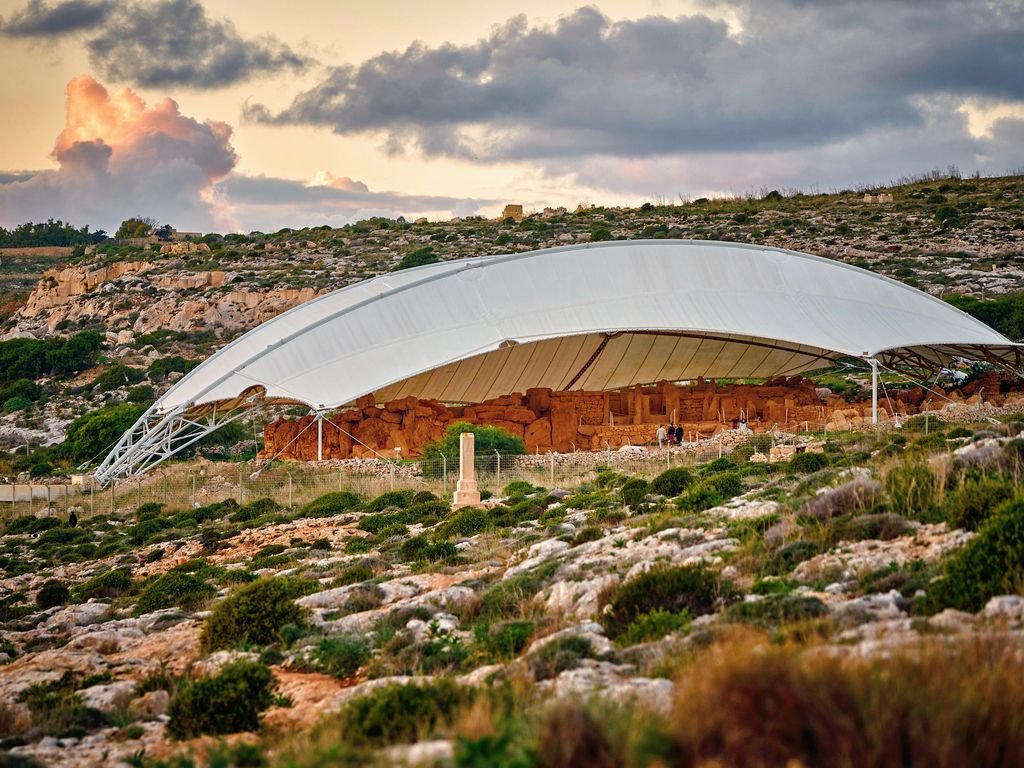Visiting a UNESCO World Heritage site is a memorable occasion. It is an opportunity to witness a site that is of special significance on a global level. There are three UNESCO World Heritage sites in Malta and each of Malta’s UNESCO World Heritage sites is distinctly unique. Each site fully deserves its place alongside the world’s greatest, most significant cultural landmarks or areas. And, if you’re visiting Malta, they’re all within easy reach. These are much more than mere tourist attractions, so don’t miss out!
What Is A UNESCO World Heritage Site?
UNESCO stands for the United Nations Educational, Scientific and Cultural Organization. It encourages ‘the identification, protection and preservation of cultural and natural heritage around the world that is of outstanding value to humanity.’
Heritage is a legacy from the past that lives on today and will pass on to future generations. Therefore, ‘World Heritage’ refers to selected sites as belonging to the people of the world irrespective of their geographic location. The 1972 UNESCO Convention international treaty deals with the Protection of World Cultural and Natural Heritage on the UNESCO list.
Sites on the UNESCO list are either cultural heritage or natural heritage. Cultural heritage refers to the legacy left by our ancestors; the site is a living history that provides a window to the lives of people of the past. On the other hand, natural heritage refers to an area of extraordinary natural beauty and value. This may be a particular biosphere reserve or unique landscape that’s an essential component of the Earth’s natural history.
Which Are Malta’s UNESCO World Heritage Sites?

The Maltese Islands contain an extraordinary wealth of cultural and natural heritage packed into just 316 km². For example, Malta and Gozo have a history spanning 7,000 years with several prehistoric monuments dating from circa 3500 BC. Modern civilisation along with seafaring brought with it a series of occupations; the Romans, Arabs, the Knights of St John and the British each left a legacy on the Maltese Islands. From ancient standing stones and underground catacombs to fortified cities and coastal defences, the sheer concentration of historic sites on Malta and Gozo is in itself impressive.
Malta’s UNESCO world heritage sites are classified as world cultural heritage. These include the:
- City of Valletta (1980)
- Megalithic Temples of Malta (1980, 1992)
- Ħal Saflieni Hypogeum (1980)
Furthermore, although not officially on the UNESCO World Heritage list, the following are nonetheless on the Tentative List. This includes those sites which are being considered for the UNESCO World Heritage list.
Of all the ten sites on the UNESCO List for Malta, only two would classify as natural heritage. Indeed, Malta and Gozo’s real wealth is their rich and diverse cultural heritage.
Overview Of UNESCO World Heritage Sites In Malta
Marvel At The City Of Valletta – Verily An Open Air Museum

Valletta, the capital city of Malta, is wholly a UNESCO World Heritage site. In fact, UNESCO describes the city of Valletta as ‘one of the most concentrated historic areas in the world.’ Essentially an open-air museum, Valletta features 320 named monuments within just 0.55 km².
Indeed, the city of Valletta is an architectural masterpiece and its grid plan is unique for a 16th-century Renaissance city. A simple stroll through the city will reveal elaborate baroque architecture, historic palaces, Maltese balconies, several street niches with statues of Catholic saints, antique shop signs and many more unique details. Furthermore, all its sloping streets lead to the sea and feature shallow steps designed for knights in suits of armour.
In fact, the Knights of St John built the new capital city between 1566-1571, right after the Great Siege of 1565. Fort St Elmo guards the city’s peninsula with Marsamxett Harbour on one side and the Grand Harbour and the Three Cities on the other. Beautiful gardens spill over imposing bastions with spectacular harbour views; the Upper Barrakka Garden offers the best panoramic views of the Grand Harbour.

The Knights of St John went to great lengths to enrich the city of Valletta. Grand Master Jean Parisot de Valette had envisioned Malta’s new capital city as a hub for political, economic and cultural activity. The best artists of the time were commissioned to embellish the famous church of the Knights, St John’s Co-Cathedral, as well as many of the historic Auberges. The Auberge de Castille and the Grand Master’s Palace are fine examples of such exquisite architecture and adornment. Several other monuments, palaces and churches display fine architecture, art and craftsmanship.
Just have a wander and allow Valletta, the historic capital city of the island of Malta, to capture your imagination.
See The Extraordinary Megalithic Temples – There Are Six Temple Complexes On This Listing
Far more ancient, the Megalithic Temples of Malta consist of six different prehistoric temple complexes in different locations. Dating 5,600 years, they are among the most ancient freestanding man-made structures on Earth, older than Stonehenge and the Pyramids. The Megalithic Temples of Malta include the Hagar Qim and Mnajdra Temples in Siggiewi; the Tarxien Temples in Tarxien; and the Ta’ Hagrat and Skorba Temples in Mgarr on the island of Malta; and the Ggantija Temples in Xaghra on the island of Gozo.
Hagar Qim, Mnajdra, Tarxien Temples, Ta’ Hagrat, Skorba and Ggantija Temples together demonstrate the temple-building tradition in the Maltese Islands. Furthermore, visitors from around the world come to witness the phenomena of the solstices and equinoxes displayed by the astronomical alignment of Hagar Qim and Mnajdra. Meanwhile, the Tarxien Temples are home to extraordinary prehistoric art and sculpture.
Along with several other archaeological sites on the island, Heritage Malta handles the conservation of these sites and provides tourist information. The National Museum of Archaeology in Valletta displays many of the artefacts collected from these sites. One of the most famous ancient stone figurines is that of the famous Sleeping Fertility Goddess, for example.
Malta’s Megalithic Temples are both a mystery and a window into prehistoric life in the region and should definitely find their way to your itinerary.
Be Awestruck By The Hal Saflieni Hypogeum – Book Ahead To Get In
As described by UNESCO, the Hal Saflieni Hypogeum is ‘a unique prehistoric monument’ and one of the oldest in the world. It is, essentially, a 5,600-year-old subterranean, rock-cut structure.
Within, several human remains and a variety of artefacts were discovered. These suggest it was a sanctuary that was later used as a necropolis; in fact, it is thought to have been a burial place for up to 7,000 individuals.
Yet, the site remains shrouded in mystery. For example, there is little to indicate the necessity or purpose of such elaborate design of the rock-cut architecture. Or whether the unique acoustic properties were intentional. Furthermore, there are several stories of paranormal phenomena. And, to top it off, an uncertain discovery of elongated skulls. Naturally, because of all this, one can understand why experts remain uncertain as to why, actually, the Hypogeum was developed and by whom.
Most certainly, the Hal Saflieni Hypogeum is unique in the world. However, if you would like to include this in your itinerary of things to do in Malta, be sure to book weeks ahead! Entrance to the site is limited in order to protect it.
Malta’s UNESCO World Heritage sites are some of the wonders of the world. Enjoy your visit to another culture in another time!


